Svalbard Artic Guide: Polar Bears, Pyramiden & Midnight Sun
Plan an unforgettable Arctic trip to Svalbard, Longyearbyen stays, safe tours, boat to Pyramiden, food, packing list, museum stops, and midnight sun tips.
By @charlie_nomade - 28/Sep/2025

Svalbard is an archipelago inside the Arctic Circle where there are more polar bears than people—a magical place where a single year is split into just one day and one night, each lasting six months.
Currency: Norwegian Krone (NOK) – kr
Language: Norwegian
Climate: June–Sept: 0° / 6 °C Oct–May: −5° / −14 °C
Accommodation in Svalbard
Our base on this Arctic archipelago is its capital, Longyearbyen, named after an American industrialist who came here to mine coal for export to North America.
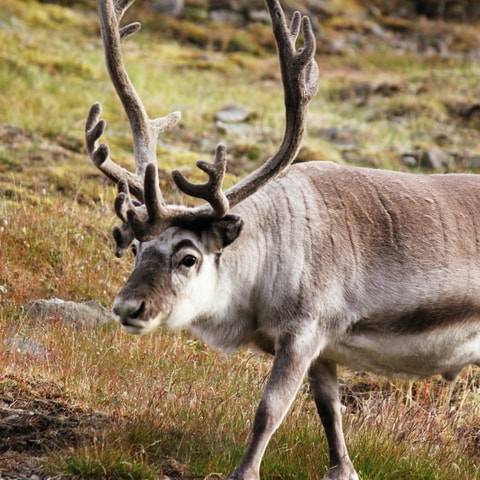
Hotels and hostels aren’t exactly budget-friendly in here, but booking in advance you can find some good prices and with a hearty Arctic breakfast included. A
lower-cost option is Longyearbyen Campground near the airport. There you can pitch your tent in a safe area that’s protected from polar bears.
For the truly adventurous, multi-day expedition packages include lodging, either at small settlements along the route or under your own canvas.
Transportation in Svalbard
The only public transport you’ll really need is the airport bus to town (10-15 minutes). It’s timed to arriving flights and drops you at your booked hotel (the driver calls out hotel names, listen up).
Transport for activities is arranged by tour operators and typically includes pickup from your accommodation.
Important: Do not wander beyond the town limits on your own. There are more polar bears than residents out here, and they’re not friendly.
Food & Drink in Svalbard
Most guesthouses provide shared kitchens with everything you need to cook. It’s common to see travelers carrying the white-and-blue Svalbardbutikken grocery bags around town.
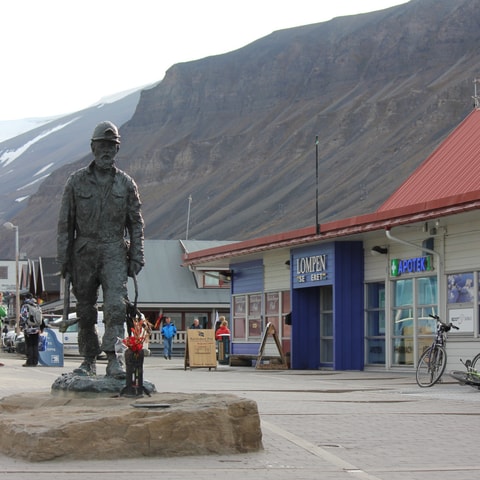
Many activities include lunch and/or an afternoon snack. Boat expeditions often grill on board (salmon, whale meat, rice salad). On land, guides usually make a small campfire and carry provisions for the day.
Eating out? Longyearbyen has several restaurants: Kroa, Huset, Nansen, serving Arctic specialties. For a beer or something stronger, head to Svalbar, a moody bar with a pool table and great vibes-like a scene straight out of a film. In summer, stepping out into the midnight sun with a pleasant buzz beer is priceless.
What to do in Svalbard?
There’s not much to do in Svalbard without joining guided tours-safety and logistics demand it. Options vary by season:
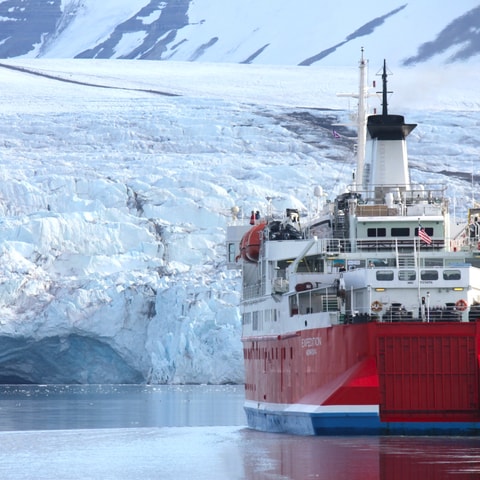
Winter:
- Dog sledding
- Snowmobile safaris
- Ice cave and glacier exploration
Summer:
- Husky carting
- Trekking
- Fossil hunting
- Kayaking, Zodiac trips, fishing, and full-day boat excursions.
One summer standout is the 7-hour boat trip from Longyearbyen to Pyramiden (the Russian ghost town). You’ll cruise close to a towering glacier, lunch is included (rice, salmon, whale meat), and there’s a good chance of spotting puffins, fulmars, and kittiwakes by the thousands. With luck, you might even see blue whales (rare!) and polar bears along the coast.
Longer expeditions (2-3 days up to 15 days) traverse Svalbard from south to north. There are several reputable operators; Spitsbergen Travel/Voyage delivered a 100% positive experience for us.
Below, in the Longyearbyen and Pyramiden sections of this article, you’ll find a few things you can explore on your own within town.
Recommendations for Svalbard
- Bring mountain-grade clothing: warm, comfortable layers; a serious jacket or parka; semi-rigid waterproof boots; winter hat, gloves, and a scarf.
- You’ll walk on ice and mud everywhere, remove your outdoor shoes before entering public buildings (even your hotel). Lockers at entrances are provided.
- Do not head into the uninhabited outskirts, it’s genuinely dangerous. A polar bear encounter can end badly (think of DiCaprio in The Revenant).
- Pack good binoculars for close-up views of wildlife: polar bears, blue whales, reindeer, puffins, and more.
Quick Facts from Svalbard
- These are the northernmost inhabited islands on Earth.
- A Svalbard “year” feels like one long day and one long night—each about six months.
- Residents are required to take firearms training and carry protection when venturing beyond town because of polar bears. Don’t be surprised to see a teacher leading a field trip with a rifle slung over their shoulder.
- Svalbard is home to the Global Seed Vault, safeguarding seeds of the world’s food crops in permafrost in case of global catastrophe. You can’t visit, but look up at the hillside behind the airport and you may spot the entrance.
- It’s famously said that “dying is forbidden” in Svalbard, there’s no cemetery. Bodies don’t decompose in the permafrost, so the deceased are returned to their place of origin. The only burials in Longyearbyen are sailors who died during the Spanish flu in the early 20th century.
Longyearbyen - What to See
Svalbard Museum
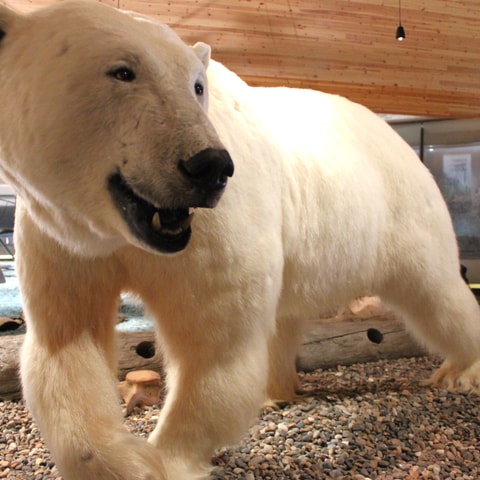
An engaging, interactive museum with deeply informative exhibits on the archipelago’s formation, settlement, wildlife, flora, geology, mining, and local customs. There’s also a cozy reading area with rugs, cushions, and books in multiple languages.
Hours: Feb 1–Sep 30 (10:00–17:00), Oct 1–Jan 31 (12:00–17:00)
Galleri Svalbard
A rich collection of paintings and photographs telling Svalbard’s story, from early colonization to today.
Abandoned Coal Mine
Perched on a hill above town, this derelict mine is a stark relic of the coal era. If you’re up for the steep climb, head up carefully for sweeping views. Do not enter the buildings, they’re unstable and dangerous.
Svalbard Kirke
Longyearbyen’s Lutheran church. Beyond religious services (often held late at night), it frequently hosts themed gatherings and concerts.
Santa Claus Mailbox
Touted as the largest mailbox in the world (9.3 m tall), unveiled in 2013 to inspire people to share hopes and wishes.
“If Santa comes from the North Pole and Longyearbyen is the world’s northernmost town, he likely lives here.”
Lately, it’s caused headaches, many letters aren’t genuine and lack official stamps, so staff must sift out the real mail from the fakes.
Pyramiden - The Ghost Town

Once a thriving Russian coal settlement and, in its heyday (1950s–1990s), one of the best places to live in the USSR, Pyramiden is now abandoned, a true ghost town. In winter it’s home to a single caretaker; in summer, the population swells to about ten, focused on maintenance and hosting visitors.
From Longyearbyen, the boat expedition to Pyramiden is absolutely worth it. You’ll stroll grand avenues, pass abandoned sports centers, and even a once-luxury hotel, everything strikingly well preserved. It feels as if people bolted mid-routine, leaving life frozen in place. Expect a strange, unforgettable atmosphere.
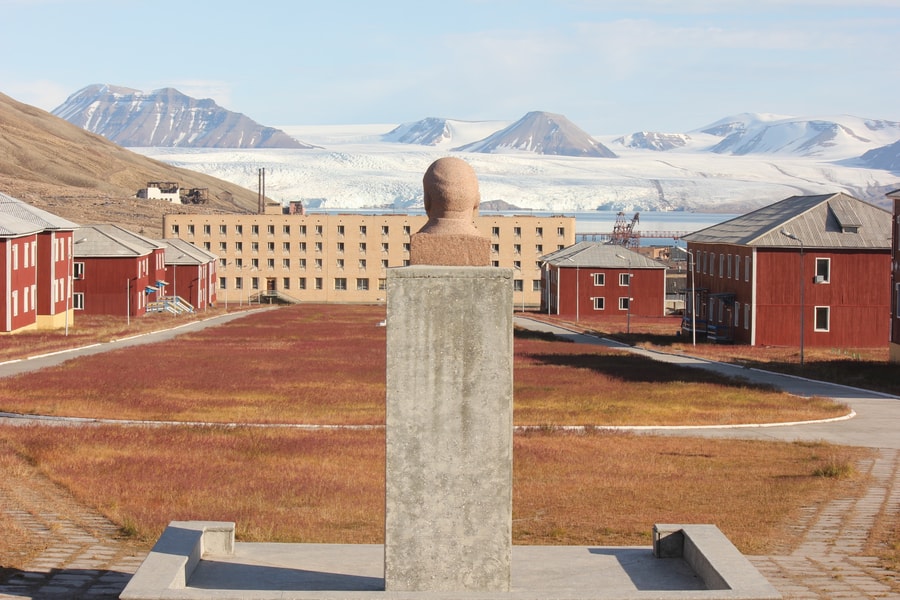
Finally...
Svalbard is raw, luminous, and humbling. Plan ahead, go with trusted guides, respect the wilderness and let the Arctic change the way you see the world.